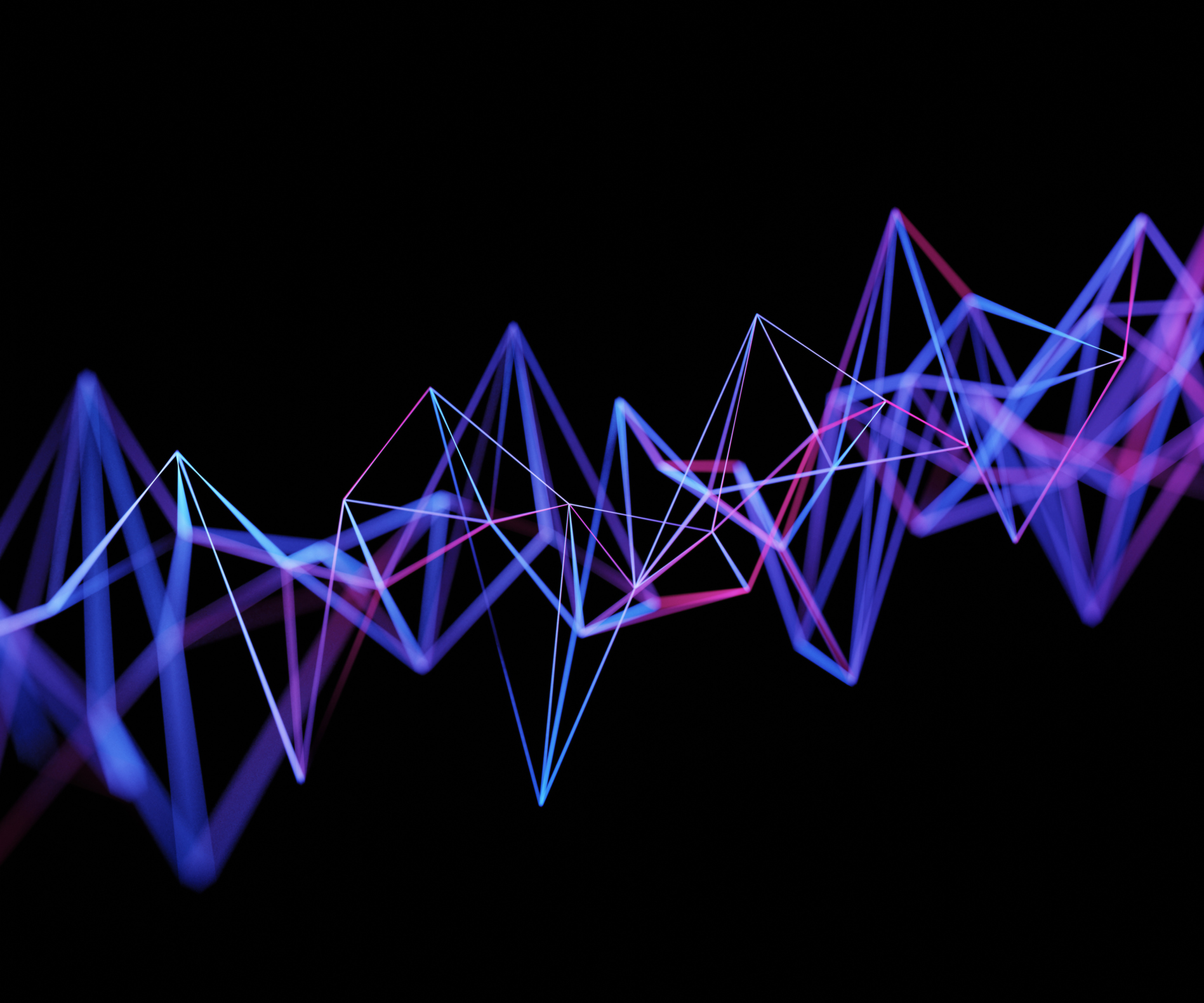Seems you can give it “try” but can’t take it. Chin up old bean.
My chin is always up, boyo..
Seems you can give it “try” but can’t take it. Chin up old bean.
Well then.My chin is always up, boyo..

They appear to be using 3g and talking about going to 4.

The in-home display receives information from the communications hub transmitted via our dedicated network -
Thanks. It's confusing. Frequencies get mentioned as being HAN - home area network and do match that. Both of them on dual band.This explains to the layman how the net work connects smart meters to suppliers
If that was the case then how would the In House Display know the correct price per kWh to use when calculating the cost.The IHD, gets it's data, straight from the meter itself. The meter only uploads data, as a full days consumption batch, at the end of the day, so of no use for the IHD.
Harry’s in a mood today.If that was the case then how would the In House Display know the correct price per kWh to use when calculating the cost.
It's like BT pushing their digital network on to customers: all these firms will eventually get their way - it's only a matter oof time before the world of analogue is is passed by the Digital future.It seems to me that there is a need for the use of the freedom of information laws to see what is actually going on. Have assume the suppliers do log faults and what the end result was. This page covers the same as Panorama did

Energy smart meter issues creating north-south divide
Technology differences mean meters in northern England and Scotland may not work properly, energy firm body admits.www.bbc.co.uk
The latest figures show that nine in 10 smart meters are working fine. But a recent survey by Citizens’ Advice suggests one in five households have had to regularly send manual meter readings because their smart meters haven’t worked properly.
It also said that a recent customer experience survey by Ofgem “found no statistically significant differences” in the proportion of customers reporting that their meter was not sending readings to their suppliers for areas in, or predominantly in, the north.
Also the real reason for fitting them
As more energy comes from renewable sources, smart meters will form a vital part of a “smart grid”, allowing consumers’ demand for energy to match the available supply, minute-by-minute.
